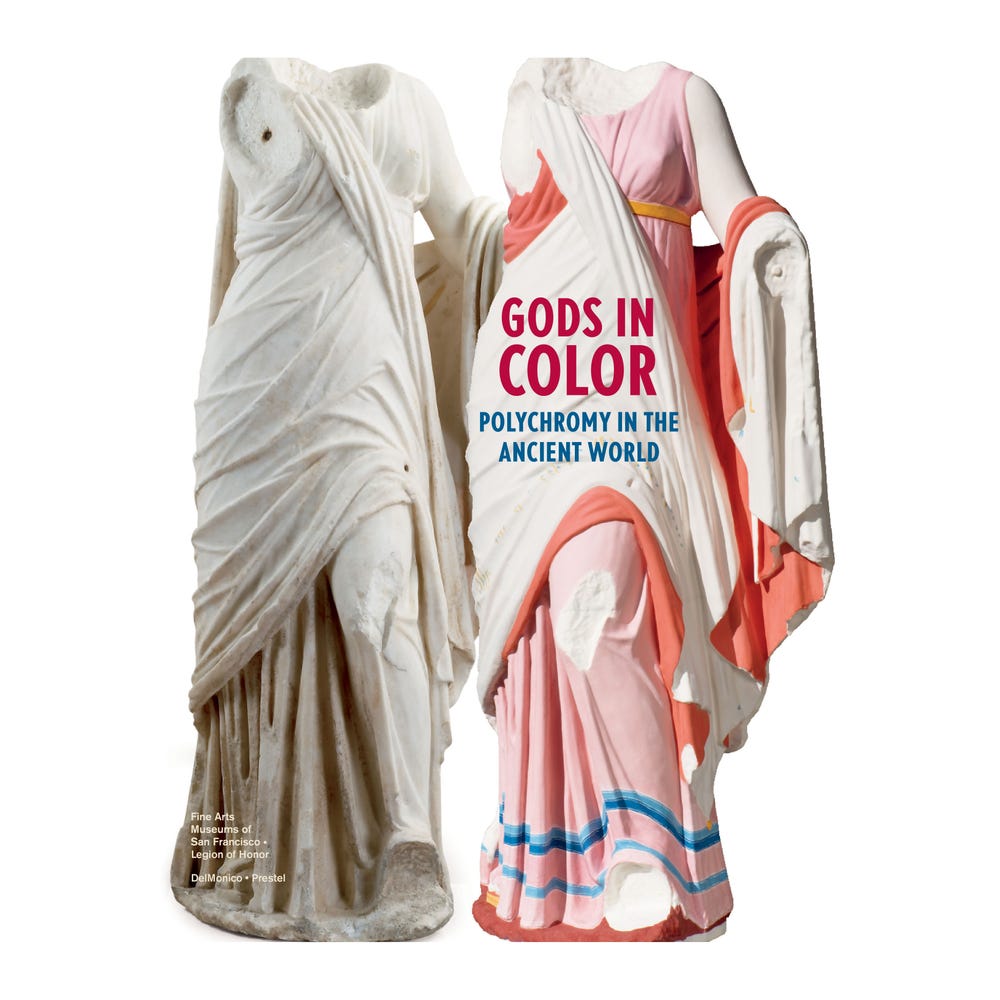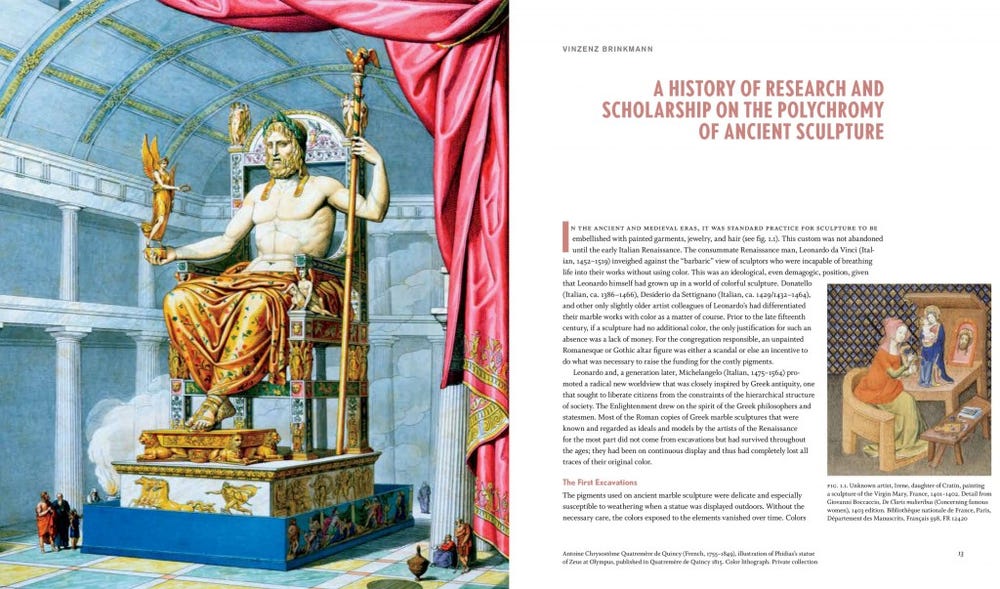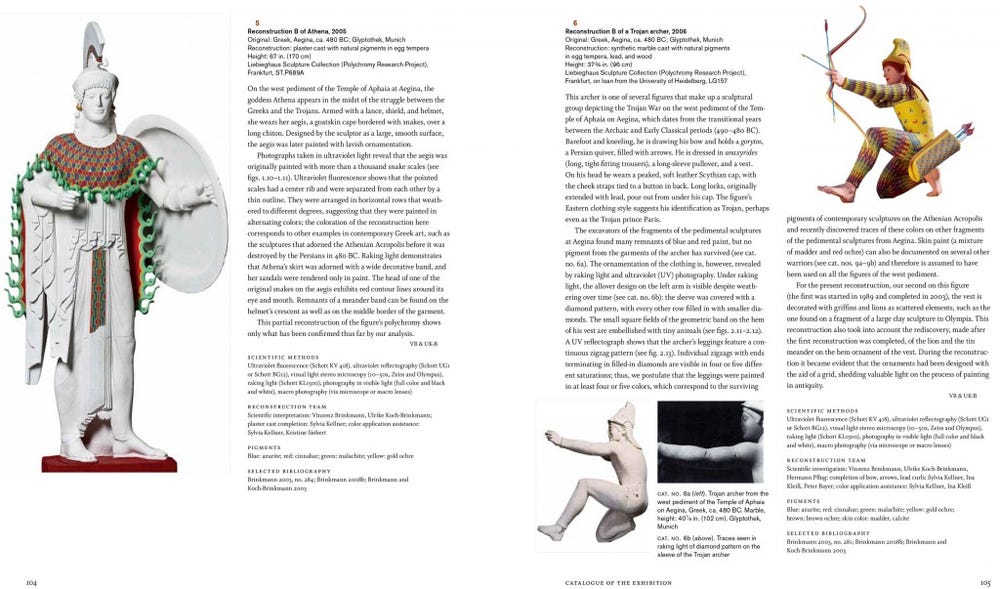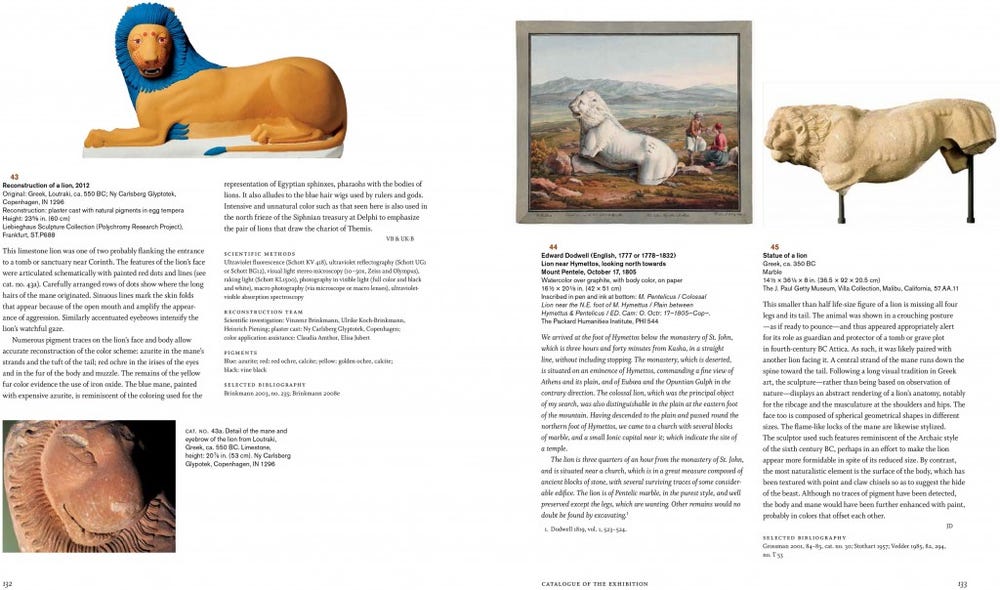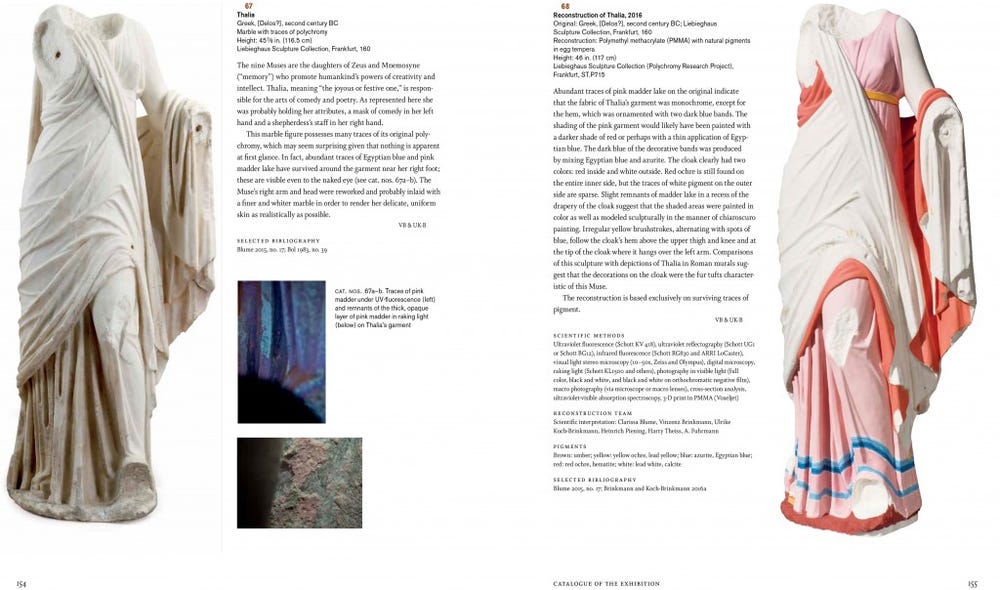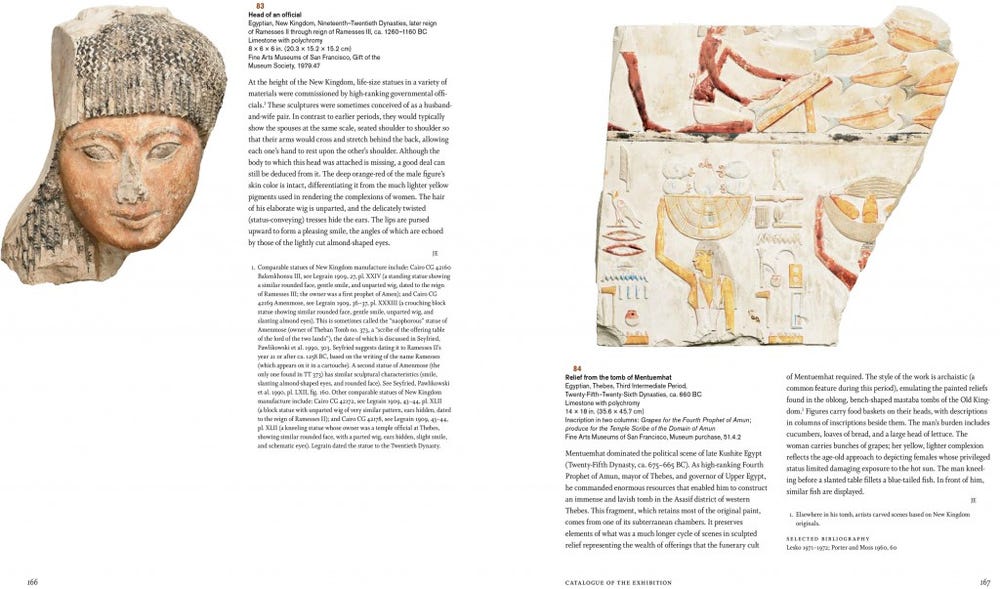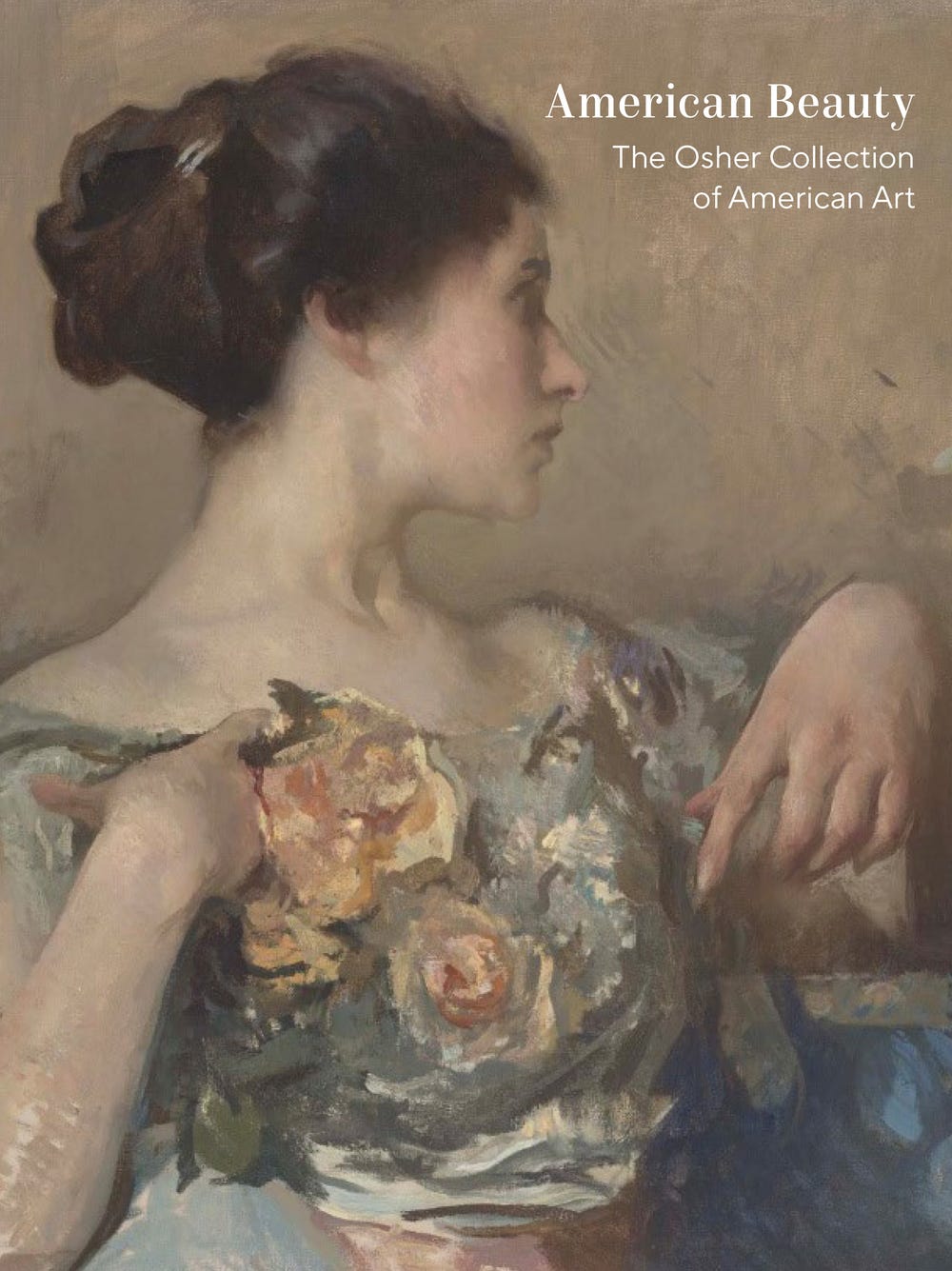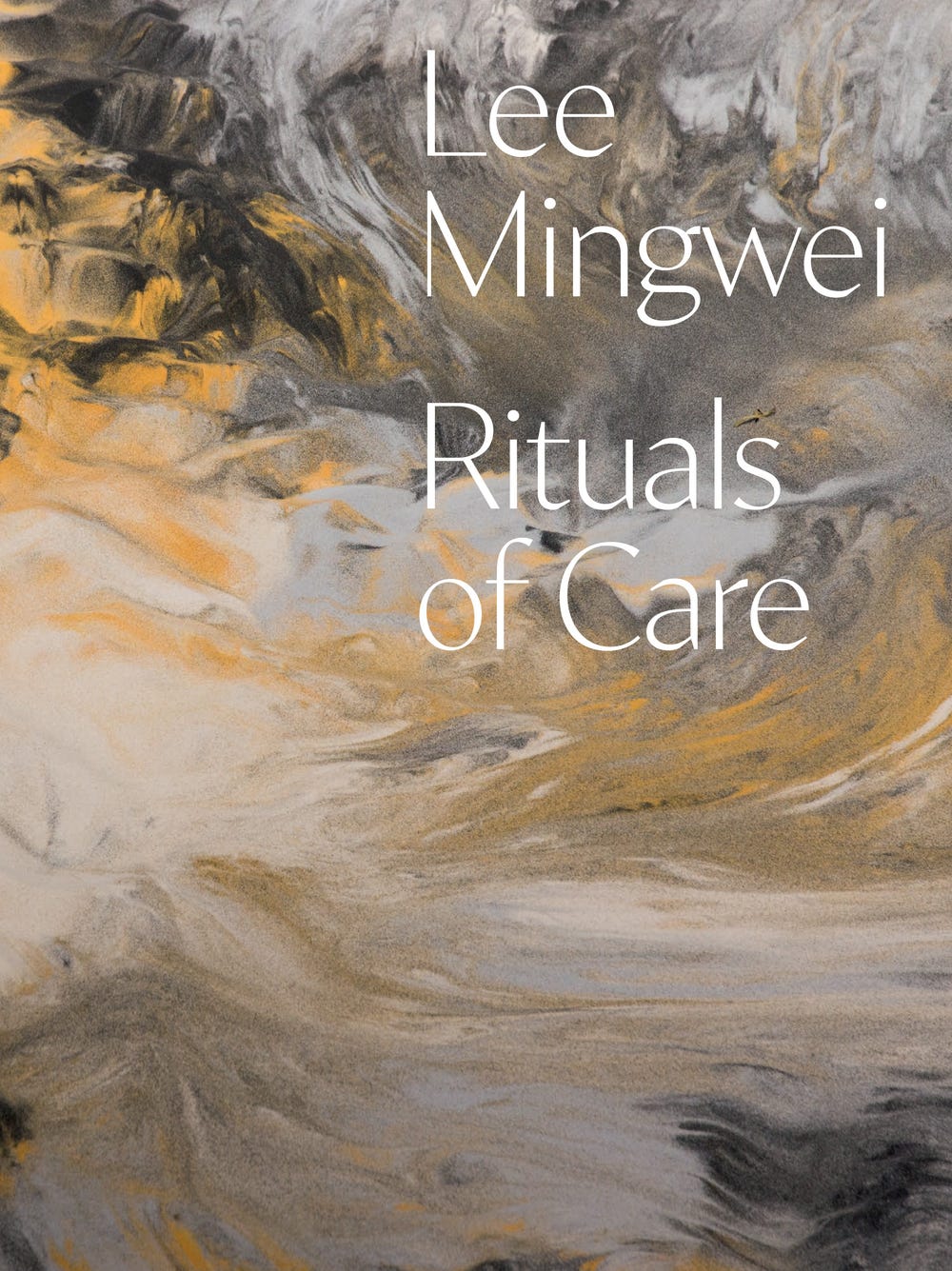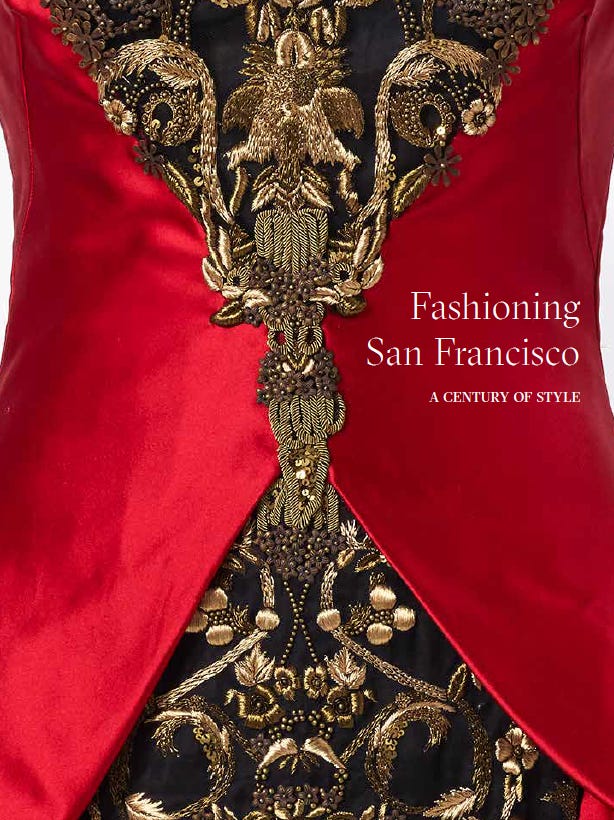Gods in Color: Polychromy in the Ancient World
By Vinzenz Brinkmann, Renée Dreyfus, Ulrike Koch-Brinkmann, John Camp, Martin Chapman, Louise Chu, Jens Daehner, et al.
Although not widely known, antiquities were colored to dazzling and powerful effect. Polychromy—the painting of objects in a variety of hues—was a regular feature of the sculpture and architecture of most ancient cultures, especially in Egypt, Mesopotamia, the Aegean, Greece, and Rome. When such works began to be rediscovered in the eighteenth century after prolonged exposure to the elements, their colored surfaces were often so faded that later sculptors evoked classicism by leaving white marble and bronze surfaces unadorned.
Published on the occasion of an exhibition at the Legion of Honor in San Francisco, Gods in Color: Polychromy in the Ancient World reintroduces the unexpected effect of these bright pigments. Through reconstructions of well-known sculptural works dating from Bronze Age Greece to Imperial Rome, readers can see firsthand how these objects would have appeared when they were first created. Complementing these reconstructions are many fine examples of original antiquities, many with surviving polychromy, from ancient Greece and Rome and beyond to Egypt and the Near East. Rounding out these offerings are breathtaking watercolors of Greece’s landscapes and monuments painted in 1805 and 1806 by English antiquarian Edward Dodwell and Italian artist Simone Pomardi.
This handsome volume features six essays alongside catalogue entries that describe the cultural contexts of the ancient works and the modern technological methods to uncover their original coloration. Vinzenz Brinkmann and Ulrike Koch-Brinkmann offer a history of the research and scholarship of polychromy since the eighteenth century; with Heinrich Piening, they also describe the pigments and techniques used. Renée Dreyfus discusses polychrome examples from Egypt and the Near East to demonstrate the strong influences these cultures left on the classical world. Oliver Primavesi recounts the dilemma of eighteenth-century German archaeologist Johann Joachim Winckelmann, who at once celebrated the “pure” form of classical Greek and Roman sculpture but became increasingly aware that such works were originally colored and ornamented. John Camp describes the Greek tour of Dodwell and Pomardi as they depicted classical monuments, some of which still retained their original color.
An enduring scholarly record, Gods in Color reveals how ancient sculpture is incomplete without color. White or monochrome sculpture, an inherited notion of the classical ideal, would have been as strange to the ancients as these color reconstructions might seem to us today.
Authors
Vinzenz Brinkmann is head of the department of antiquities at the Liebieghaus Sculpture Collection, Frankfurt, and professor of classical archaeology at Goethe University, Frankfurt.
Renée Dreyfus is curator in charge of ancient art and interpretation at the Fine Arts Museums of San Francisco.
Ulrike Koch-Brinkmann is an archaeologist of classical antiquity based in Frankfurt. She is also assistant lecturer of classical archaeology at Georg August University in Göttingen.
John Camp is the Stavros Niarchos Foundation Professor of Classics at Randolph-Macon College in Ashland, Virginia, and the director of the Agora excavations in Athens.
Martin Chapman is curator in charge of European decorative arts and sculpture at the Fine Arts Museums of San Francisco.
Louise Chu is associate curator of ancient art and interpretation at the Fine Arts Museums of San Francisco.
Jens Daehner is associate curator of antiquities at the J. Paul Getty Museum in Los Angeles.
Jonathan Elias is an Egyptologist and the director of the Akhmim Mummy Studies Consortium.
Kenneth Lapatin is curator of antiquities at the J. Paul Getty Museum in Los Angeles.
Rebecca Levitan is a PhD student in the history of art department at the University of California, Berkeley.
Heinrich Piening heads the department of restoration and conservation, furniture and art objects of wood, at the Bavarian Department of State-Owned Palaces, Gardens, and Lakes in Germany.
Oliver Primavesi is professor of Greek philology and philosophy at the Ludwig-Maximilian University in Munich. In 2007 he was a recipient of the Gottfried Wilhelm Leibniz Prize, an important research award given by the German Research Foundation.
Andrew Stewart is Nicholas C. Petris Professor of Greek Studies and professor of ancient Mediterranean art and archaeology at the University of California at Berkeley (UCB), and curator of Mediterranean archaeology at UCB’s Phoebe A. Hearst Museum of Anthropology.
